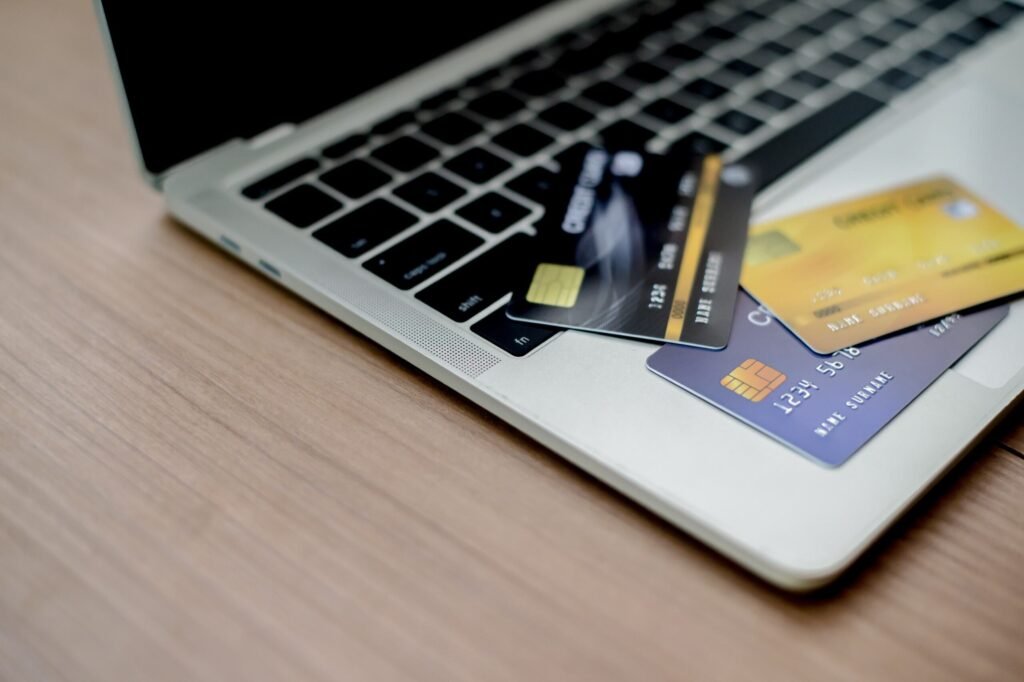You might feel lost when you see terms like APR on your credit card statement. However, APR is one of the most useful numbers you can know. Understanding what it means can help you spot hidden expenses, compare offers side by side, and make smart choices that protect your wallet.
In this article, you’ll learn what APR stands for, how it affects you, and why it matters—so you can approach borrowing with confidence instead of confusion.
What Does APR Mean?
APR stands for “annual percentage rate.” It shows what it costs you each year to borrow money. Picture APR as the price tag on a loan or credit card. When you take out credit, the APR tells you how much you’ll pay in interest—and, in many cases, certain fees—over a year.
To make that definition more relatable, let’s use a simple example: What does 7% APR mean?
Suppose, for instance, that you took out a $1,000 loan at 7% APR and kept it for a year. In this case, you’d owe about $70 in interest for that year. That 7% figure makes it easy to compare different offers. A loan with a 7% APR costs less than one with a 20% APR, all else being equal.
APR often bundles the interest rate plus specific fees into one percentage. These fees can include:
Origination fees
Closing costs
Mortgage insurance
Underwriting fees
Prepaid interest
That single number gives you a clearer picture of the true cost. When you’re shopping for a loan or credit card, looking at APR lets you judge which option will cost you the least over time.
APR vs. Interest Rates
It’s easy to confuse APR with the basic interest rate, but there’s a clear difference:
Interest Rate
This is the base cost of borrowing money, expressed as a percentage. It does not include additional fees. It’s just the charge for the money itself.
APR
This includes the interest rate plus certain fees or costs associated with the loan. APR is also expressed as a percentage, and it’s usually a bit higher than the plain interest rate if the loan has fees.
Suppose that you’re shopping for a loan. One lender offers a 5% interest rate with no extra fees, and another offers a 5% interest rate but charges a hefty loan origination fee.
If you only look at the interest rate, both loans seem equal. But when you calculate the APR, the one with the big fee will have a higher APR. That higher APR tells you it’s actually more expensive over the long run.
]]>
Review Your APR Frequently
To see why APR matters so much, consider this example of a high APR credit card debt. Suppose that you have a credit card balance of $3,000 with a 26.99% APR. How much is 26.99% APR on $3,000?
That amounts to about $67 in interest charges per month if you carry that full balance. Over a year, that adds up to roughly $800 in interest paid, just to maintain that $3,000 balance. That $800 is money that isn’t going toward reducing your debt; it’s basically the fee for borrowing.
Now, suppose that you had a lower APR (10%) on that same $3,000. At 10% APR, one month’s interest is about $25, and about $300 over a year. That’s a huge difference in cost.
Now, numbers such as 24% or 26.99% APRs might seem high, but there are steps you can take to change the situation or minimize the interest you pay. These include:
Contact your credit card issuer or lender and request a lower interest rate
Shop around for better offers
Consolidate high-interest debts into a single loan with a lower APR
Take advantage of any promotions like 0% APR financing
APR isn’t necessarily set in stone. You do have some leverage and options to bring that rate down or mitigate its effects. One of these approaches, or a combination of them, can help you tackle a high APR.
Closing the Gap on High Interest
When you know what counts as a good APR and how to seek better rates, you can open doors to savings. Of course, your debt won’t disappear overnight, but each step can bring you closer to a lower balance.
Many people have cut their APRs or paid down cards faster by shopping around and adjusting their repayment plans. Understanding APR is a solid step toward regaining control of your finances.
The content provided is intended for informational purposes only. Estimates or statements contained within may be based on prior results or from third parties. The views expressed in these materials are those of the author and may not reflect the view of National Debt Relief. We make no guarantees that the information contained on this site will be accurate or applicable and results may vary depending on individual situations. Contact a financial and/or tax professional regarding your specific financial and tax situation. Please visit our terms of service for full terms governing the use this site.

